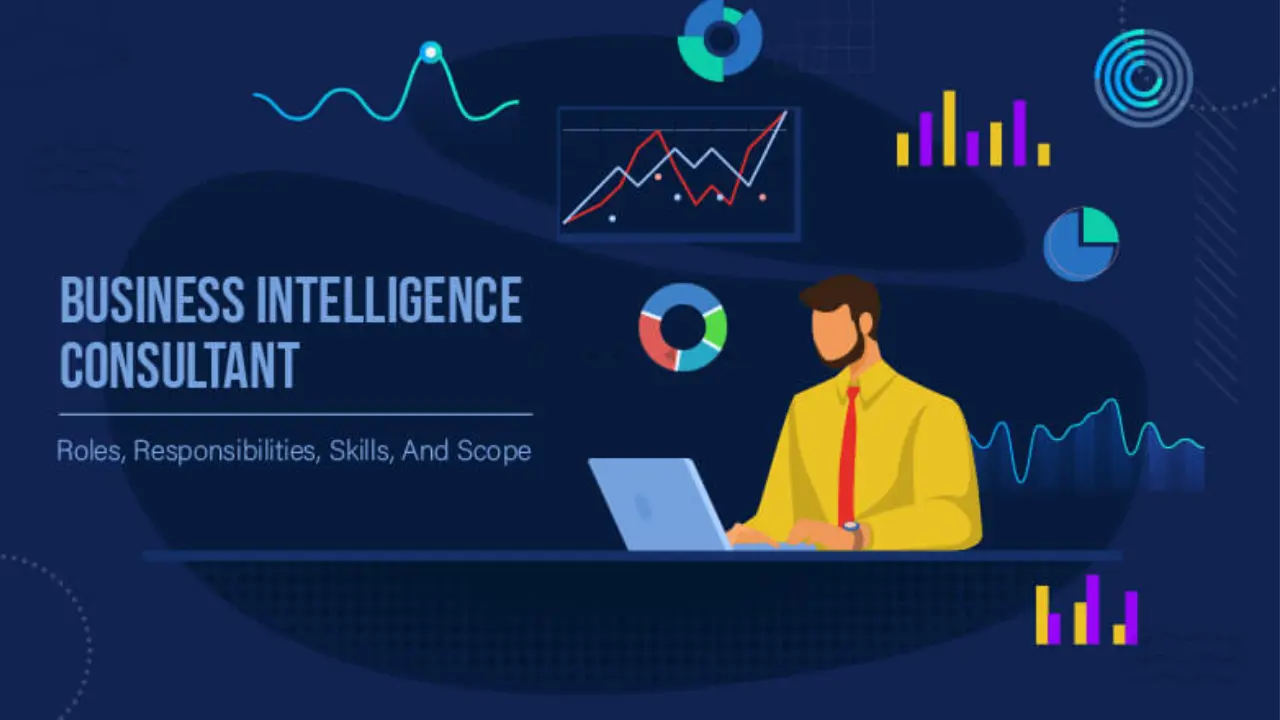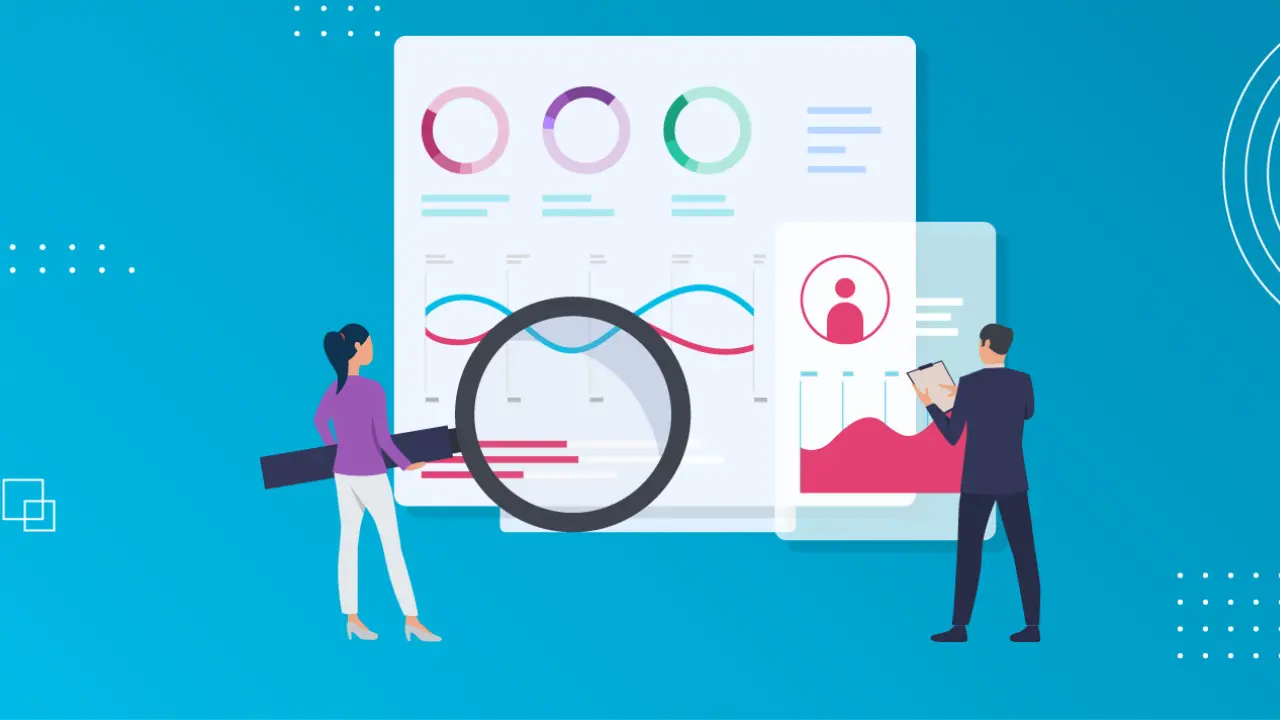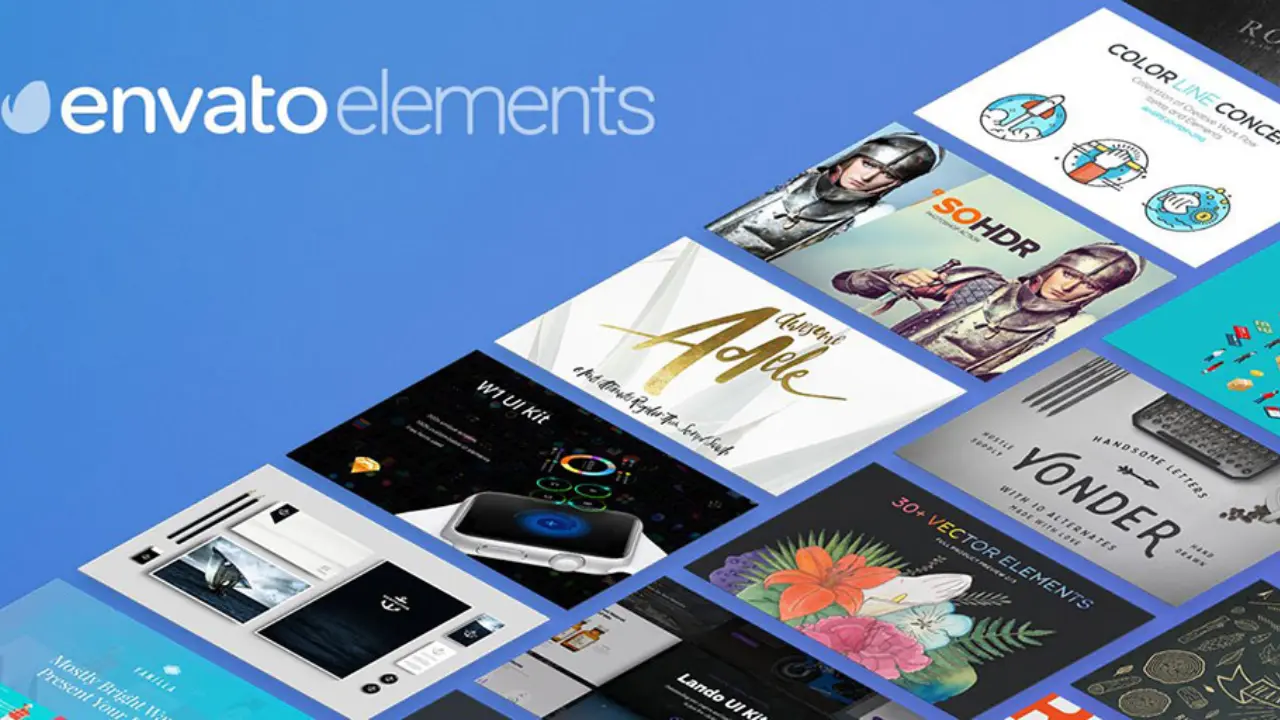Affiliate marketing is a way to make money online by telling people about other people’s products or services and getting a commission for each sale you make. It can be a great way to make money from home, work when you want, and be your boss. In this article, we will explore the exciting world of affiliate marketing, discuss the steps involved in establishing a successful affiliate marketing business, and provide valuable insights to help you maximize your earnings.
But affiliate marketing is not easy. It takes a lot of work, time, and planning to succeed in this online business. You need to know how to find the right products, make good content, get people to see your content, get people to buy through your links, and keep track of your results.
If you want to make money with affiliate marketing, you need to follow some tips and tricks that will help you do better than others and make more money. Here are seven tips to help you become a good affiliate marketer.
1. Pick a Good Topic
The first thing to do is to pick a good topic that you like, know about, and can make money from. A topic is a specific thing or category that you talk about as an affiliate marketer. For example, health, fitness, travel, fashion, etc.
Picking a good topic means finding a topic that has enough people who want to buy the products or services you tell them about, but not too many other affiliate marketers who are telling them about the same things. You also want to find a topic that pays well for each sale you make.
To pick a good topic, you can use tools like Google Trends, Amazon Best Sellers, ClickBank Marketplace, and Flippa. These tools can help you see what topics are popular, what products are selling well, and what websites are making money on different topics. You can also use tools like Google Keyword Planner, SEMrush, or Ahrefs. These tools can help you see what words or phrases people use to search for things in your topic.
2. Help Your Audience
The next thing to do is to help your audience with your content. This means making good content that teaches, entertains, or inspires your audience and helps them solve their problems or reach their goals.
Helping your audience means not just telling them about products or services to make money, but acting them to make good choices and improve their lives. You want to earn their trust and respect and show them that you care about their needs and wants.
To help your audience, you need to know them well. You need to understand what they are looking for, what they are struggling with, what they want to achieve, and what they are afraid of. marketers need to make content that answers their questions, addresses their concerns, overcomes their objections, and shows them their dreams. You need to make honest reviews, comparisons, stories, examples, tutorials, tips, tricks, hacks, etc.
3. Show The Benefits
The third thing to do is to show the benefits of the products or services you tell them about. This means showing how the products or services can help your audience and make their situation better, rather than just listing what they are or how they work.
Showing the benefits means focusing on the results and outcomes that your audience can get from using the products or services you tell them about, rather than just describing what they are or how they work. You want to show your audience how the products or services can help them solve their problems or reach their goals.
To show the benefits, you need to use words and phrases that make your audience feel something and want something. You need to use words and phrases that touch their emotions and desires. Marketers need to use stories and examples that show the benefits of the products or services you tell them about. You need to use testimonials and social proof that show the success of other people who have used the products or services you tell them about.
4. Know The Process
The fourth thing to do is to know the process that your audience goes through from seeing your content to buying the products or services you tell them about.
The process is usually made of four steps: awareness, interest, desire, and action. At each step of the process, your audience has different needs and expectations. You need to make different types of content and use different types of strategies to move them from one step to the next.
To know the process, you need to think about your customer journey. You need to think about who your target audience is, where they spend time online, what kind of content they like, what kind of problems they have, what kind of solutions they look for, what kind of doubts they have, what kind of things they respond to, etc.
5. Know The Different Types Of Content
The fifth thing to do is to know the different types of content that you can make as an affiliate marketer. Depending on your topic and your audience’s preferences, you can make different types of content such as blog posts, videos, podcasts, ebooks, webinars, infographics, etc.
Each type of content has its pros and cons. Some types of content are more fun, more informative, more shareable, more searchable, more lasting, etc. You need to choose the type of content that works best for your topic and your audience.
To know the different types of content, you need to try different formats and platforms. After that, you need to see which type of content gets more people to see it, like it, comment on it, share it, click on it, buy through it, come back for it, etc. Finally, you need to check your results using tools like Google Analytics, YouTube Analytics, Facebook Insights, etc.
6. Think About Search Intent
The sixth thing to do is to think about search intent. Search intent is what people want when they search for something online. It shows what people want to do by typing a certain word or phrase into a search engine.
Search intent can be divided into four groups: informational, navigational, transactional, and commercial. Each group has different features and meanings for your content creation and optimization.
- Informational intent: The person wants to learn something or find an answer. For example: “How to lose weight” or “What is affiliate marketing”.
- Navigational intent: The person wants to find a specific website or page. For example: “Facebook login” or “Amazon Prime”.
- Transactional intent: The person wants to buy something or do something. For example: “buy iPhone 12” or “book flight tickets”.
- Commercial intent: The person wants to compare different options or check a product or service before buying. For example: “best laptop for gaming” or “iPhone 12 review”.
To think about search intent, you need to do keyword research using tools like Google Keyword Planner, SEMrush, or Ahrefs. These tools can help you find words or phrases that match your topic and your audience’s search intent. Then, you need to make content that meets your audience’s search intent by giving them relevant information, solutions, options, reviews, etc.
7. Be An Expert
The seventh thing to do is to be an expert in your topic. Being an expert means being very good at something, being a leader, or being a trusted source of information about something. As a result, it means getting respect and recognition from your audience and other people.
Being an expert can help you in many ways. You can get more traffic, leads, sales, customers, and partnerships. You can also rank higher on Google as it prefers experts over non-experts.
To be an expert in your topic, you need to:
- Create high-quality content demonstrating your abilities and knowledge.
- Offer supplemental services, such as coaching, courses, consultations, etc.
- Use social media, emails, comments, etc. to communicate with your audience.
- Establish connections with other leaders and subject-matter experts.
- Participate in events like webinars, podcasts, and conferences.
- Obtain a prominent online profile on websites like Forbes, Entrepreneur, Huffington Post, etc.
- Obtain positive feedback and suggestions from satisfied clients.
- acquire certification from reputable organizations like the Google Ads Certification Program




